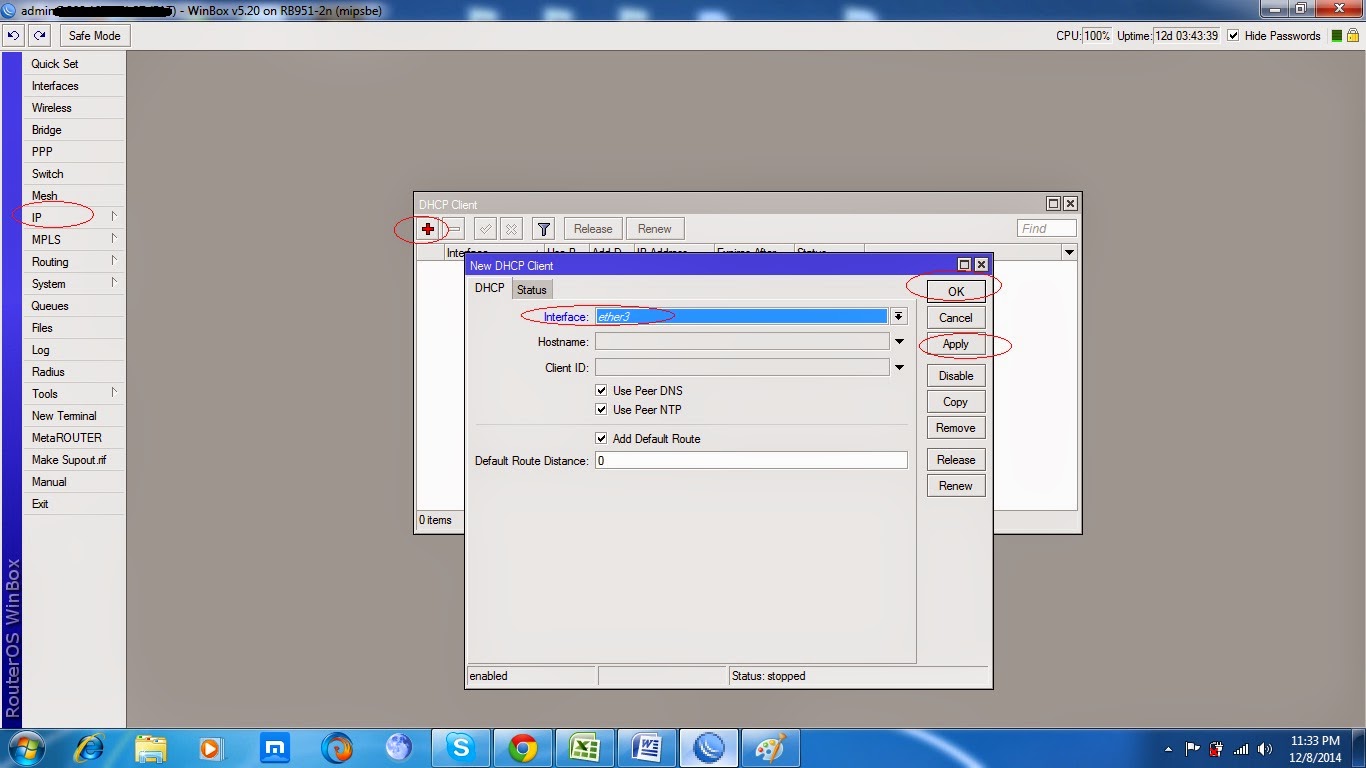
To view the status of services from the command line, you use the sc command. When you are finished, close the Services control panel.

Note also that the service's name is shown as Dnscache. They're largely the same as for the DHCP Client, except that a different svchost.exe command is used to start DNS. Next, examine the DNS Client properties.Before stopping a service you think you don't need, check the dependencies to make sure another service you do need isn not affected. Click the Dependencies tab, where you can view other processes or services this service depends on to run and other processes or services that depend on this service.You can specify actions for the computer to take (such as restarting) if the service encounters errors when trying to start.

In most cases, the service attempts to restart twice. You use this tab to specify what should happen if the service fails. The password is automatically changed periodically for security reasons, so you shouldn't have to change it. Most services are started by using a special account: Local Service, Local System, or Network Service. When looking for the DHCP Client in the Processes tab in Task Manager, you should look for this path. So even if you aren't getting an IP address via DHCP, the DHCP Client should remain running. You shouldn't disable or stop (unless you restart it again) the DHCP Client because it's used to register and update your computer's DNS record.


The Services control panel is somewhat different from the Services tab in Task Manager, which enables you to stop or start a service and view its status but not change other properties, such as its startup type or how it logs on to the system.


 0 kommentar(er)
0 kommentar(er)
